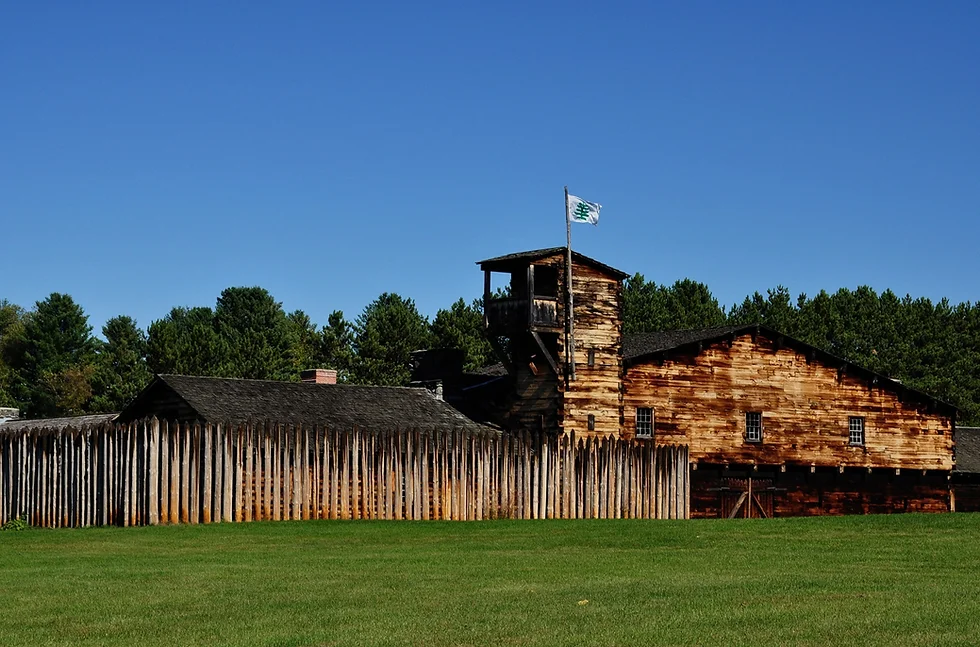Image from Sheep To Shawl Competition
What they did may we not do? And even better, for are we not armed with ages of superior knowledge, and have we not the means of protection, defense, and sustenance which science has given us, but of which they were totally ignorant? What they accomplished, Alice, with instruments and weapons of stone and bone, surely that may we accomplish also.
—
Edgar Rice Burroughs, Tarzan of the Apes (Project Gutenberg Aug. 2021)First published in 1912, the conceit of John Clayton still flows through the veins of modern men (and women).
He was sure that his “superior knowledge” would prevail over his lack of actual skills.
Does he know how to make cordage? He makes their first shelter with rope left by the mutineers. He did not know how to make cordage.
He protects himself and Lady Alice with the rifles and pistol. He has no way of making more cartridges. When his supply is gone, there is no more. He just has a fancy stick.
I have extensive knowledge about many things. That doesn’t mean I have skills in all of those things.
I know the basics of long-distance shooting. I don’t have the skills. That means my shots will be well within 200 yards. Yes, I consider 200 yards to be close in.
Did John know how to make clothing? How long is the clothing he has going to last?
Can he make thread? Can he make a drop spindle? A spinning wheel? Can he collect fibers and turn that into yarn and then turn that yarn into clothing?
One of the skill contests that happens in many places, a few times a year, is sheep to shirt.
A team will be set up and at “go” they will shear the right number of sheep. While that is happening, they second team will be cleaning the fleece.
After the fleece has been cleaned, it will be spun into thread. There are always multiple spinners. As six to twelve doing the first spinning. Those are either spun to make stronger two or three-ply material.
While the spinners are spinning like made, the weavers are creating the warp. This is the process of taking the thread and wrapping it around pegs to organize the threads and to make loops that are the same length.
The longest warp I’ve done was about 18 yards.
Once the warp is prepared, the loom needs to be warped. This is the process of passing each thread through the reed and then through the heddles. The warp is then tied to the back roller and the warp is then pulled to the back of the loom.
More thread is put onto bobbins and then one person starts weaving. All of that to make a few yards of cloth.
Having made the cloth, a new team takes up sewing everything together.
A good team can do the entire process in 12 hours or so.
Did John have any of those skills? I have all the skills except for shearing and the cutting/sewing of the final product.
I have knowledge of how to shear. I don’t have the skill to do it. Nor do I have the tools to do it.
Part of preparing is learning how to do things.
So here’s another example. Making soap. My wife makes soap. I have the knowledge of how to make lye from hardwood ash. The question is: Do I have the skill to make lye?
Currently, the answer is “no”. I’ve tried, and failed. I’m not sure why.
So my answer was to buy large bottles of Sodium Hydroxide. 5Kg is #34.50 and 50lbs is $78.00. I can make pounds and pounds of soap from that much Sodium Hydroxide.
Yet, there is still a problem, Mixing Sodium Hydroxide with water is an exothermic reaction. This means the stuff gets HOT.
To make soap, you need the temperature to be reasonable.
We had the knowledge, but the last time my wife taught a class, she wasn’t prepared for that exothermic reaction. We had to use an ice bath to cool it down.
There are many skills you require. You should be looking at skills to live comfortably.
The question of the day for you, you have a spinning wheel, you have the wool, you have the loom. What is the fastest path to a shirt, gloves, socks, hat?








